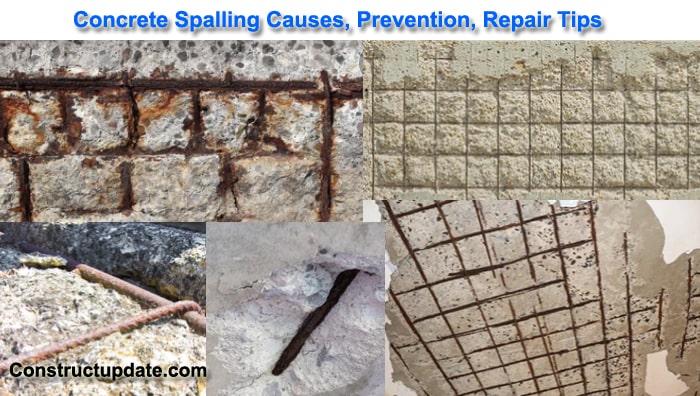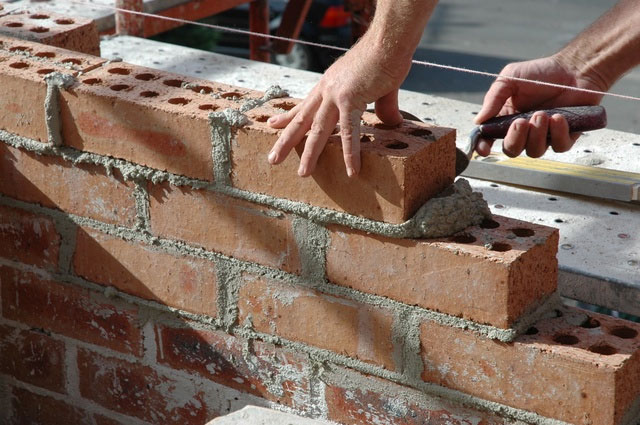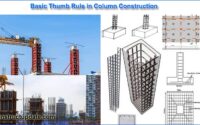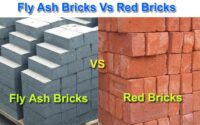Concrete Spalling Causes, Prevention, and Repairing Methods
What is spalling?
The breaking-off of layers of a concrete surface in reaction to applied heat is known as spalling.
Depending on the fire and concrete conditions, particularly moisture content and sensitivity to the break-up of heat-unstable aggregate particles, spalling can be localised or widespread.
Spalled Concrete Causes:
- Corrosion of embedded reinforcing steel occurs when the corrosion products (rust) take up more space than the original steel, causing the concrete to spall.
- Free water in concrete turns to stem as a result of fire exposure, producing internal expanding pressure in the concrete, causing it to spall.
- Cycles of freezing and thawing
- Alkali Silica Reaction’s Expansive Effects
- Insufficient cover depth over reinforcement
- Covering reinforcing steel with low-quality concrete.
- Joint spalling is frequently caused by joints that are inadequately designed.
- Differences in shrinkage between the topping and base courses, drying of the bonding grout before the topping concrete is laid, and other factors all contribute to bond failure in two-course construction.
How to prevent spalling concrete:
In reinforced concrete constructions, spalling concrete is a surface maintenance issue. The structural integrity of the structure will not be compromised if the problem is addressed immediately.

Here’s how to keep concrete from spalling:
Ceilings should be painted on a regular basis
Paint helps to protect your ceiling and prevent carbonation. You should paint your ceiling at least once a year.
Cracks and holes should be thoroughly sealed
Check your ceiling for any holes or cracks on a regular basis. To prevent moisture and carbon dioxide from entering the concrete, these should be sealed right away. Similarly, any holes bored in the ceiling that are no longer in use should be sealed (e.g. After removing a ceiling fixture, there are holes left behind.).
Make sure there’s enough Ventilation
Carbonation will be accelerated in a humid environment. When not in use, open the windows, vents, or doors in moisture-prone areas like the kitchen, toilet, and bathroom to reduce humidity.
Repairing spalling concrete:
Spalling concrete in HDB apartments is usually mild and easy to restore with regular maintenance. If the spalling concrete is left untreated for a long time, it will spread over a larger region and impair the stability of the building.
Step 1: Remove the spalled concrete first
To expose the rusted steel rods, remove the concrete in the spalled places.
Step 2: Clean and paint the corroded steel bars
Scrape and clean the exposed steel bars, then remove any rust using a wire brush.
Paint the steel bars with two coats of anti-rust paint.
Step 3: Repair the area that has been compromised
To guarantee effective adhesion, apply a bonding agent to the affected surface.
Polymer modified cement mortar was used to patch the hacked area.
Step 4: Apply paint to the affected area
To match the rest of your ceiling, paint over the mended area.
Removal of Loose Concrete on Ceiling
Remove any loose spalling concrete while you wait for the repairs to avoid injuring your family members.
First Steps:
- To remove the loose concrete, put on a pair of protective gloves and get a hammer and chisel ready.
- A long flat point screwdriver can be used in place of the chisel.
Second Steps:
- Thick cardboard should be used to cover the floor and protect the surrounding area.
- To remove the loose concrete, secure the ladder and climb up.
- Hold the afflicted section of concrete and carefully lower it.
Third Steps:
- Collect the concrete debris and dispose of it in a secure manner at the bin centre.





